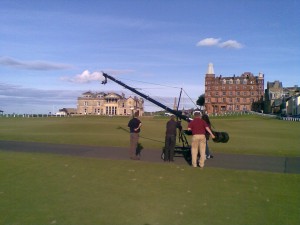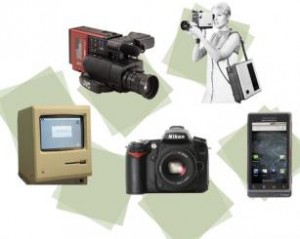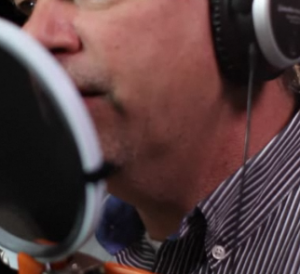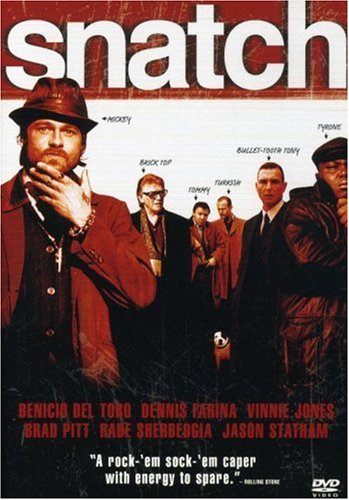 Have you ever thought about having a phone that you could take video with and then edit that video right on your phone? Well today there is and “app” for that. Many phones and Tablets have apps that you can get so you can edit your videos then post them on Youtube or other sites. In the article that I previously read it talked about how many people are using Tablets and Smartphone’s to record video and edit that video on their Tablet or Smartphone. Years ago you could only use desktop computers or laptops. These apps are called cloud-based editing.
Have you ever thought about having a phone that you could take video with and then edit that video right on your phone? Well today there is and “app” for that. Many phones and Tablets have apps that you can get so you can edit your videos then post them on Youtube or other sites. In the article that I previously read it talked about how many people are using Tablets and Smartphone’s to record video and edit that video on their Tablet or Smartphone. Years ago you could only use desktop computers or laptops. These apps are called cloud-based editing.
For example on the Tablet or Android there is a editing software called “Googles Android Movie Studio. This app allows you to capture the video that you want and then edit that video that you had just taken all in the same place. The editing programs for these tablets will soon grow and become a greater part of an editors life. There is really only one downside to using a Tablet to edit your video and that is the render time. The reason that the render time is so long is because the processors fot eh tablets were not designed to handle high- definition, multiply channel edit. But yet again this is a great achievement.
One big question that is being asked here is whether or not this will replace land-based editing systems? The answer to that right now is that it is to early to tell whether or not it will replace it in the near future.







